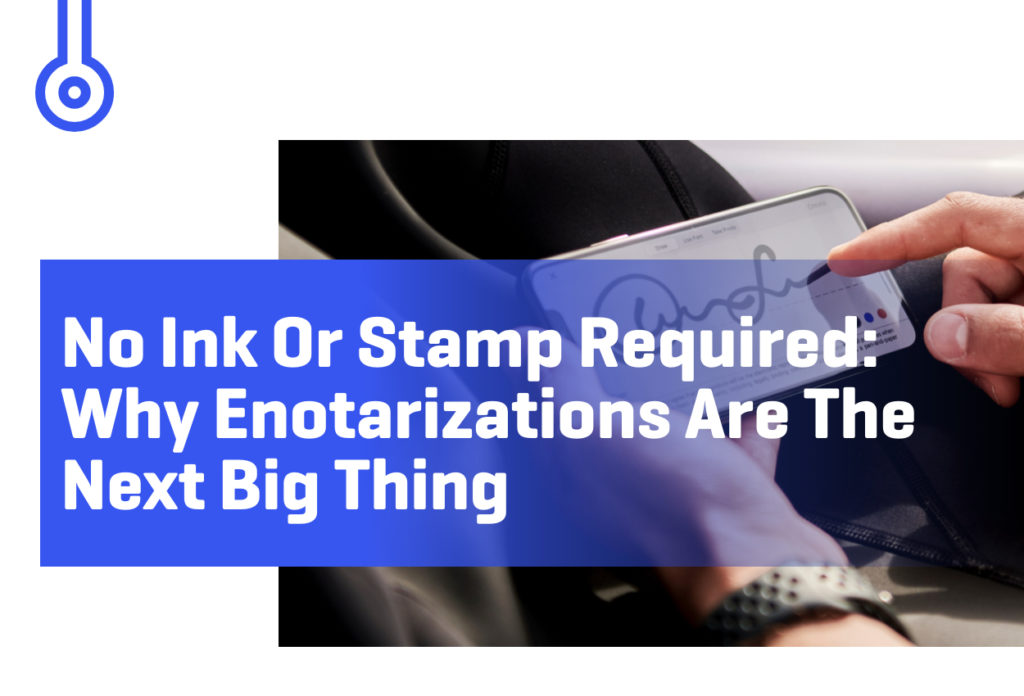Peter Drucker, one of the most acclaimed, influential thinkers on management, wrote
“The aim of marketing is to make selling superfluous.”
These are profound words that every business leader, sales executive and marketer needs to remember.
In my mind, our job as marketers is to make sales professionals far more effective—to bring them leads, help them close deals faster, and to increase the company’s name recognition and credibility.
And when it comes to marketing tactics that work, one stands out above the rest—and many companies either don’t do it or do it poorly. It’s email marketing.
According to a Demand Gen Report published this year,
53% of marketers say email has been the most effective
channel for early-stage lead generation.
Or this one, from a 2019 report from Campaign Monitor: email marketing has the highest return on investment for small businesses compared to other marketing tactics such as social media, advertising and event marketing.
The fact is, there are many ways to market a company, and ROI varies greatly from one method to the other. Social media, for instance, requires significant effort and your target audience may or may not see what you post. On the other hand, every recipient of your email campaign will see your email in their inbox. That is, unless it’s gone to a spam folder, which is usually the result of poor marketing.
So how do we optimize the ROI of email marketing?
1. Personalize
Personalizing your emails, whether it’s done in the subject line or in the content of your emails, is critical to improving the ROI of your email campaign.
Check out these stats on personalizing emails:
- Personalized emails deliver six times higher transaction rates (Experian)
- Emails with personalized subject lines are 26% more likely to be opened (Campaign Monitor)
- 80% of customers are more likely to make a purchase when their experience is personalized (Epsilon)
- Lack of personalization may cost organizations up to $2.5 trillion (Accenture)
2. Segment Your Emails
According to the Data & Marketing Association (DMA), segmented email campaigns result in a 760% increase in revenue over a one-size-fits-all campaign. Segmenting your emails could be as simple as sending one email to current customers and another to prospects. Or, you could create one email that’s tailored to lenders and another to servicers. By segmenting your database, you are sending a distinct message that resonates with each group.
3. A/B Test
Companies that A/B test every email see email marketing returns that are 37% higher than those of brands that never include A/B tests, according to a 2019 report from Litmus. Rather than send the same email to your entire database, experiment with different subject lines, calls to action or slogans by sending two different emails to 5-10% of your database, and use the most effective messaging when emailing the rest of your database. A/B testing ensures you’re always fine tuning and improving your marketing, no matter how well you think you know what works.
4. Automate
Use technology to ensure you’re sending marketing messages regularly, and at the right time in your prospect’s or customer’s sales cycle. Even Constant Contact includes automation tools, so don’t feel like you need to invest in a costly CRM to automate emails.
5. Optimize for Mobile
Every year, more and more people are reading their email on their phones. Yet many email marketing campaigns are not optimized for phones—and according to HubSpot research, emails that display incorrectly on mobile devices are often deleted within three seconds.










